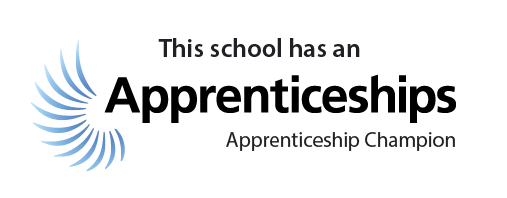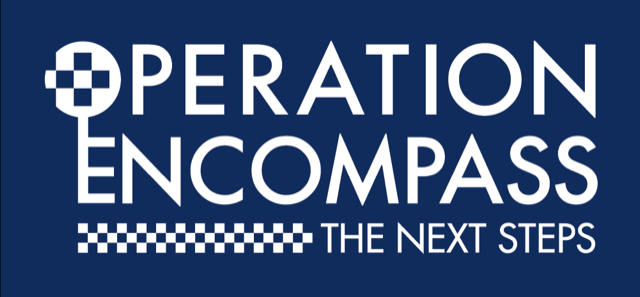23 November 2020

Congratulations to Ben for successfully completing the Young Engineer Summer Internship 2020. Below is a blog written by Ben which features an account of the events that took place during his internship and his thoughts about the experience.
In August 2020, I was fortunate to be able to participate in the online Young Engineer Summer Internship. This was a 3-day online course and I received a pre-reading segment before the course started so I knew what to expect. It included the basics on Green Process Engineering (9 principles of green engineering and 12 principles of green chemistry). It also contained a segment on aerofoil design and how the shape of the plane affects and benefits different uses of that plane.
DAY 1
The course started by the INVEST-IN speaker introducing us to the scheme and how we could communicate and ask questions using an app called Slido. He did a warm-up when we all had to say where we were from. There was over 400 participants from around the world, aged 15-18. The speaker then went over the different roles of an engineer and different sectors you can be a part of. It was really interesting as some of it we had already learned in class for our first engineering assignment, however some of the roles I had never even heard of before.
Then the next speaker talked about Nanotechnology. I learned some really cool facts, especially since it has been around since 1981! We were then separated into groups (in breakout rooms) to come up with different ways that nanotechnology can benefit our health. I came up with the idea that it could transport drugs through fullerenes and nanotubes into the human body. My group agreed so we worked on that answer. When the groups were brought back together, we all went over some examples that different groups had. Our next topic was Graphene. It was discovered in pencils when sticky tape was wrapped around a pencil lead, when it was peeled off, it came off in layers. Graphene is a 1 carbon atom thick layer of graphite. Each carbon atom is bonded to three others, that is why it is so strong – 300 times stronger than steel. It is also flexible, transparent, and thin which I imagine would make it a great material for bulletproof glass. We then did another group task about uses for Graphene and our group discussed its uses in foldable phones. We finally discussed other 2D materials like Borophene, Phosphorene and Silicone.
After lunch, our next topic was Green Process Engineering where we were shown how this was the future of sustainable technology and how in Israel, they are making buildings into living ecosystems to make them more eco-friendly. We learned how raw steel manufacture needs to be changed as it massively unsustainable and cannot be improved. We also learned how the ozone layer absorbs 97-99% of all UV radiation so we need it but just by producing CO2 from our waste and our energy intake, we are destroying the thing that is protecting us the most. We finally learned about house insulation and we can preserve energy just by having thicker walls.
Our final topic of the day was Robotics. We were shown how you can make a program that can recognise a picture of a cat apart from a picture of a dog. There are three types of AI : weak/narrow AI, strong/generalised AI and super AI. We then did another group session which involved using robotics to help the environment and fix problems.
DAY 2
After a quick introduction, Day 2 went straight into a live teardown of a lawnmower engine. To be honest, this was my favourite part of the course. First we learned that the equation for combustion Fuel + Oxidizer = Carbon Dioxide + Water (C7 H10 + 11O2 + 8H2O). This is how you power an engine. A spark from the spark plug causes a mini explosion which starts the engine. All over the engine, there are things called gaskets which seal airpaths across the engine. There is also a piston device that rotates to keep powering the engine once the spark has ignited.
After lunch, we started learning about auto-drive vehicles. The difference between autonomous and driverless vehicles is the degree of human intervention. One of the main things necessary in a self-driving car is communication. That is why they use VSAT, 4G and MBR. When a car is completely autonomous, it has improved reliability of sensors, provides cultural change, improved cyber security, needs to build trust and confidence, changes rules and regulations and you also need enhanced machine learning and situational awareness.
Later in the afternoon a panel of experts gave us some Career Coaching. which included speakers from BAE and McLaren Formula 1 and we did a Q&A. It was remarkably interesting to hear about the different types of engineering roles in big, established companies.
DAY 3
This morning was all about experiments. The first one was a hover-machine and can easily be done at home. All you need is a CD, balloon, and a sports bottle cap. You glue the bottle cap onto the CD, inflate the balloon and place it over the cap. When you open the cap, it acts like a hover-machine, floating across the surface.
Our next experiment was the Bernoulli’s Principle – Paper Lift - showing airflow under a piece of paper and how the paper when blowing underneath keeps straight because the same force is on both side.
The final experiment was really cool and involved a ping pong ball and a hairdryer. When you point the hairdryer upwards with the ball above it, it will obviously float. But when you point it diagonally, the ball will stay floating in the air because of the pressure on the ball.
After lunch we discussed Spaceflight, which started with discussing what we would need to take if we went into space; i.e. fuel, spacesuits, radar, shelter, light, health pack, water, food and a communication device.
In combustion, Hydrogen gets combusted so that’s how the engine works and = 2H2 + O2 => 2H2O. There are lots of Hydrogen atoms in fuel as they are incredibly small molecules. Fuel is burned in a combustion chamber that has an opening at the back end. The combustion process converts a solid fuel into a high pressure gas. The high pressure inside the combustion chamber causes mass to migrate towards the opening at the back of the mortar,. Combustion leads towards the creation of a high pressure gas. We also discussed propeller engines and their powerful use.
The final Q&A was all about how to proceed in an engineering career, talking about different colleges and universities, how you can approach gaining an apprenticeship and what looks good on a CV.
I really enjoyed taking part in the internship. Over three days, I learned a lot about different types of Engineering careers and processes, it was great fun and even though it was online, I felt like I was in the room and was able to participate at any part and had a rapport with my teammates. I would completely recommend this course to anyone who is interested in following an Engineering career route.
Posted by stephshencoe
Category: Student Blog












